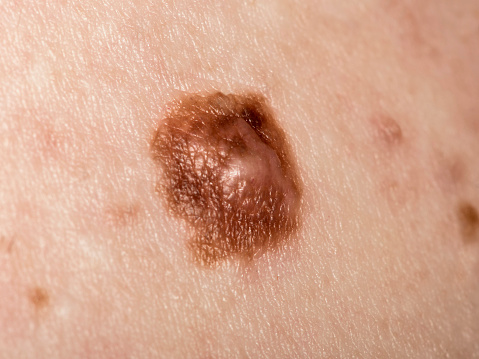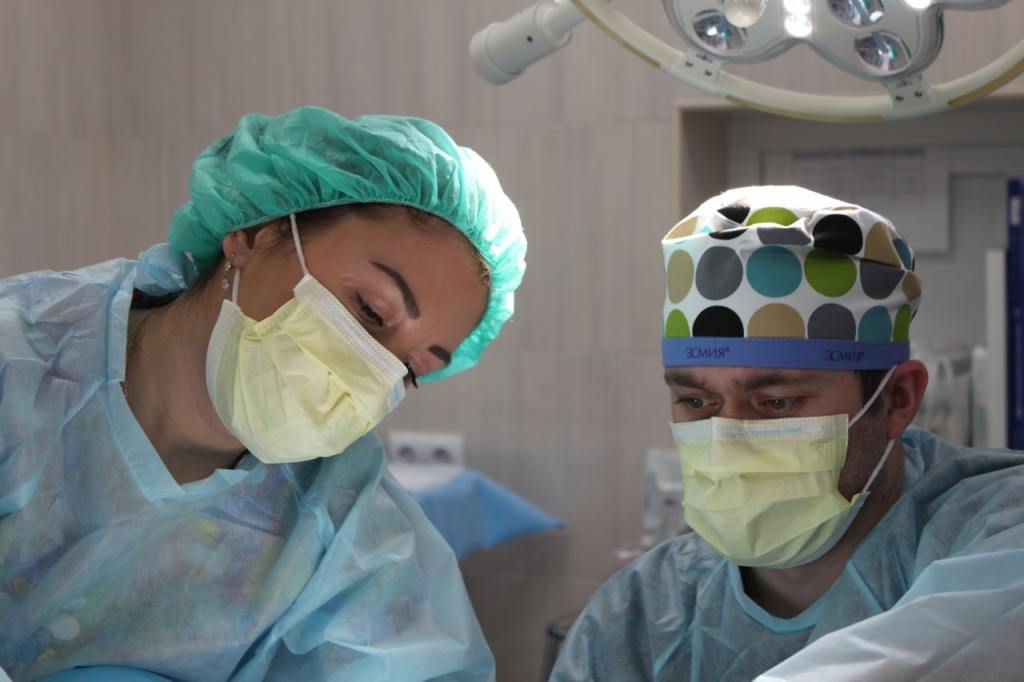
A board-certified cardiologist with extensive healthcare leadership experience that spans more than a decade, Dr. Rajan Bhatt heads three healthcare facilities in Arizona, including Spectrum Dermatology, Spectrum Plastic Surgery, and Valley Surgery Center. At Spectrum Plastic Surgery, Dr. Rajan Bhatt oversees a team of medical practitioners that provides skin cancer prevention and treatment.
More people are diagnosed with skin cancer than colon, lung, prostate, or breast cancer combined. Skin cancer is the most prevalent malignancy in the United States. Skin cancer may be treated quickly and easily if discovered early. However, with 3.5 million new instances of skin cancer diagnosed each year, it is not usually detected early. Basal cell carcinoma, squamous cell carcinoma, and melanoma are the three major types of skin cancer arranged in frequency.
Basal cell carcinoma is the most prevalent skin cancer in the United States, with 2.8 million cases reported yearly. Pink lumps, sores that don’t heal, and patches of the skin that appear like a reddish scar are all common symptoms of basal cell carcinoma. Treatment for basal cell carcinoma can sometimes be as simple as using a topical medicine. Excision and Mohs surgery may be required in some cases.
The second most prevalent kind of skin cancer is squamous cell carcinoma. In the United States, 700,000 cases of squamous cell carcinoma are diagnosed each year. Squamous cell carcinoma and basal cell carcinoma have similar symptoms. An open sore that doesn’t heal fully, a dome-shaped lump that appears like a wart, a scaly area of skin that’s rough and crusty and bleeds readily, or a wart-like bump are all signs of squamous cell carcinoma. Topical gels, electrodesiccation, and surgical excisions are some of the treatment options.
Melanoma is a cancer that develops in the melanocytes. Melanocytes are cells that generate melanin, the pigment responsible for skin color. Melanoma is the rarest type of skin cancer, but it is also the deadliest. Melanoma accounts for about 4 percent of all skin cancer cases and is more common among people who have had blistering sunburns. Melanoma is treatable in 99 percent of instances if discovered before it spreads beyond the top layers of the skin.
